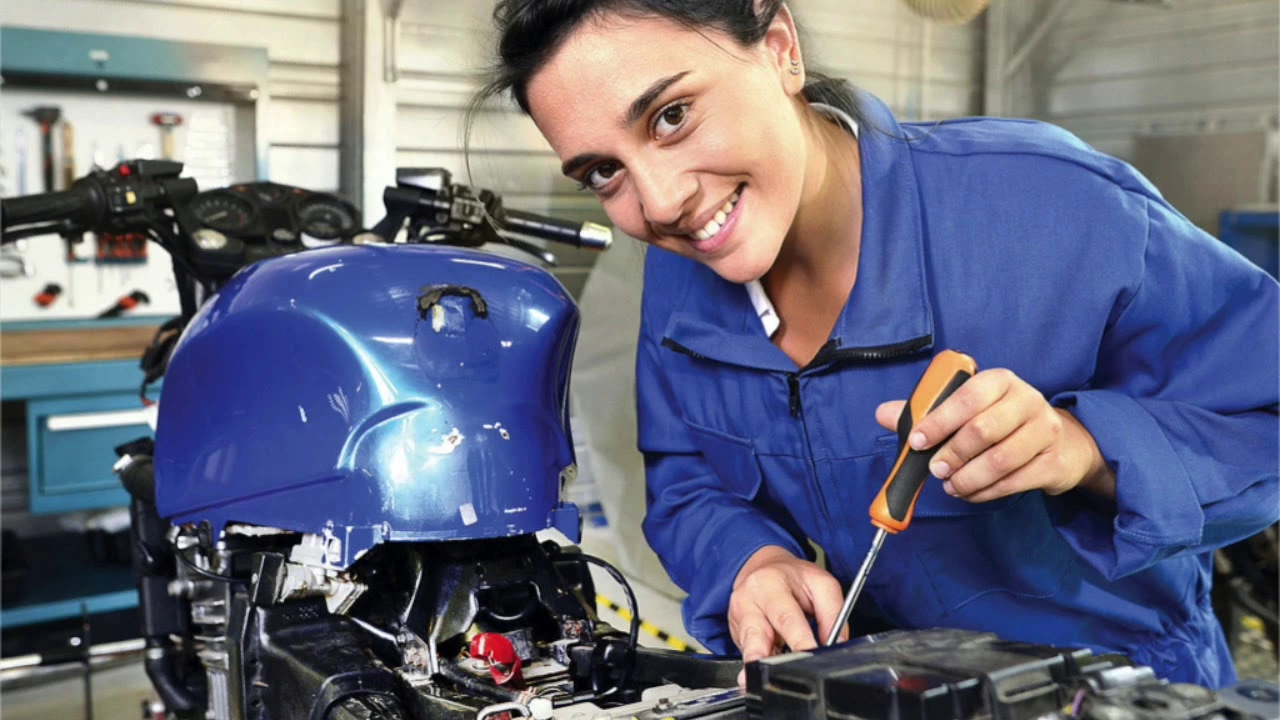How to Work in F1: A Real‑World Guide
Ever watched a Grand Prix and thought, “I want to be part of that?” You’re not alone. Thousands of fans dream of trading the couch for a pit lane. The good news? Getting a job in Formula 1 isn’t magic; it’s about the right skills, timing, and a bit of hustle.
Where the Jobs Are
F1 teams are spread across a few key locations – the UK’s "Motorsport Valley," Italy’s Emilia‑Romagna, and Switzerland’s headquarters. Most engineering, aerodynamics, and data roles sit in the UK, while logistics and finance often live in Geneva. Don’t forget the support crew: mechanics, electricians, and hospitality staff. Even non‑technical roles like marketing, PR, and legal are essential to keep the show running.
Internships are the most common foot‑in‑the‑door. Teams run summer programs that last 8‑12 weeks. They’re competitive, but they give you hands‑on experience and a chance to prove you belong. If an internship isn’t possible, look for contract work with suppliers – companies that build parts for the teams often hire entry‑level staff who later move into a team.
Tips to Land Your First Role
1. **Focus on relevant skills.** Data analysis, CAD, and programming (Python, MATLAB) are hot in F1. If you’re an engineering student, get comfortable with CFD or vehicle dynamics. For marketing, learn how to create engaging content quickly – the sport moves fast.
2. **Build a project portfolio.** Nothing beats a personal project that shows you can solve a real problem. Try building a simple telemetry logger or designing a 3D‑printed aerodynamic part. Post the results on a blog or LinkedIn; recruiters love proof of ability.
3. **Network the smart way.** Attend local motorsport events, university job fairs, or virtual webinars hosted by teams. When you meet someone, ask specific questions about their role – it shows genuine interest and helps you remember the conversation later.
4. **Tailor every application.** Use the job description’s keywords. If a role mentions “fast‑paced environment,” sprinkle that phrase into your cover letter with a concrete example of when you thrived under pressure.
5. **Be ready for the grind.** Early‑career positions often involve long hours, weekend races, and travel. Show you understand the lifestyle and are willing to adapt. Teams value loyalty and a can‑do attitude.
Lastly, stay patient. Many people start in junior roles on the lower rungs of the industry and work their way up. Keep learning, keep applying, and keep the passion alive. One day you’ll hear the roar of an engine from the pit lane and know you earned your spot.

How can a mechanical engineer from India work in F1?
As a mechanical engineer from India, working in F1 can be a thrilling prospect. The path involves gaining solid experience in mechanical engineering, preferably in the automobile industry, and then specializing in areas relevant to F1 like aerodynamics or engine systems. It is also beneficial to earn a master's degree from universities renowned for motorsport engineering. Internships at F1 teams or related companies can provide valuable exposure and networking opportunities. Lastly, a passion for motorsport and a relentless drive for innovation are crucial to thrive in this competitive field.